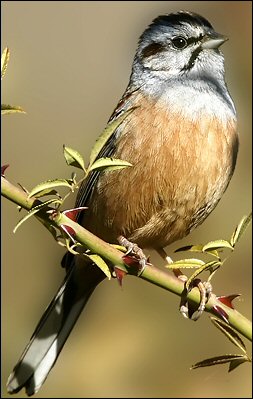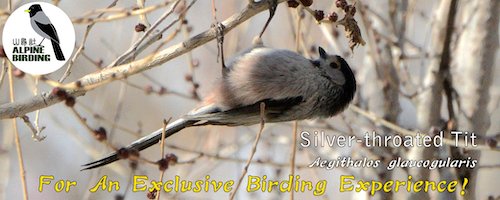Ningxia Hui Autonomous Region

Birding Ningxia
Ningxia, full name Ningxia Hui Autonomous Region, is a Hui autonomous region of the People’s Republic of China, located on the northwest Loess highland, the Yellow River flows through a vast area of its land. The capital of the region is Yinchuan. Ningxia borders the provinces of Shaanxi and Gansu, and the Inner Mongolia Autonomous Region.Rivers that flow through Ningxia include the Yellow River. Ningxia is a relatively dry, desert-like region. There is significant irrigation in order to support the growing of wolfberries (a commonly consumed fruit throughout the region). Ningxia’s deserts include the Tengger desert in Shapotou.On 16 December 1920, the Haiyuan earthquake, 8.6 magnitude, at 36.6, 105.32, initiated a series of landslides that killed an estimated 200,000 people. Over 600 large loess landslides created more than 40 new lakes. The region is 1,200 km from the sea and has a continental climate with average summer temperatures rising to between 17 and 24°C in July and average winter temperatures dropping to between -7 and -10°C in January. Seasonal extreme temperatures can reach 39°C in summer and -30°C in winter. The diurnal temperature variation in summer is 17°C. Annual rainfall averages from 190 to 700 millimeters, with more rain falling in the south of the region.The autonomous region contains all ecosystems that exist in northwest China including grasslands, forest, deserts, wetlands and farmland. There are 471 vertebrate species that have been recorded in Ningxia of which 320 species are birds belonging to 49 families. Among them, 120 species are summer visitors, 96 species are passage migrants, 86 species are residents and 18 species that overwinter. The provincial bird of Ningxia is the Chinese endemic Blue-eared Pheasant.
-
Wikipedia
GNU Free Documentation License
http://en.wikipedia.org/wiki/Ningxia
-
Number of bird species: 306
(As at August 2018)
- There is one 'breeding endemic': Sulphur-breasted Leaf Warbler Seicercus ricketti The region is good for a number of Chinese specialities such as: Przevalski's Partridge Alectoris magna, Gansu Leaf Warbler Abrornis kansuensis, Elliot's Laughing-thrush Trochalopteron elliotii, Hodgson's Redstart Phoenicurus hodgsoni, Przevalski's Redstart Phoenicurus alaschanicus & Kessler's Thrush Turdus kessleri.
-
Guide to the Birds of China
See main China page for details ISBN: 9780192893673 Buy this book from NHBS.com


